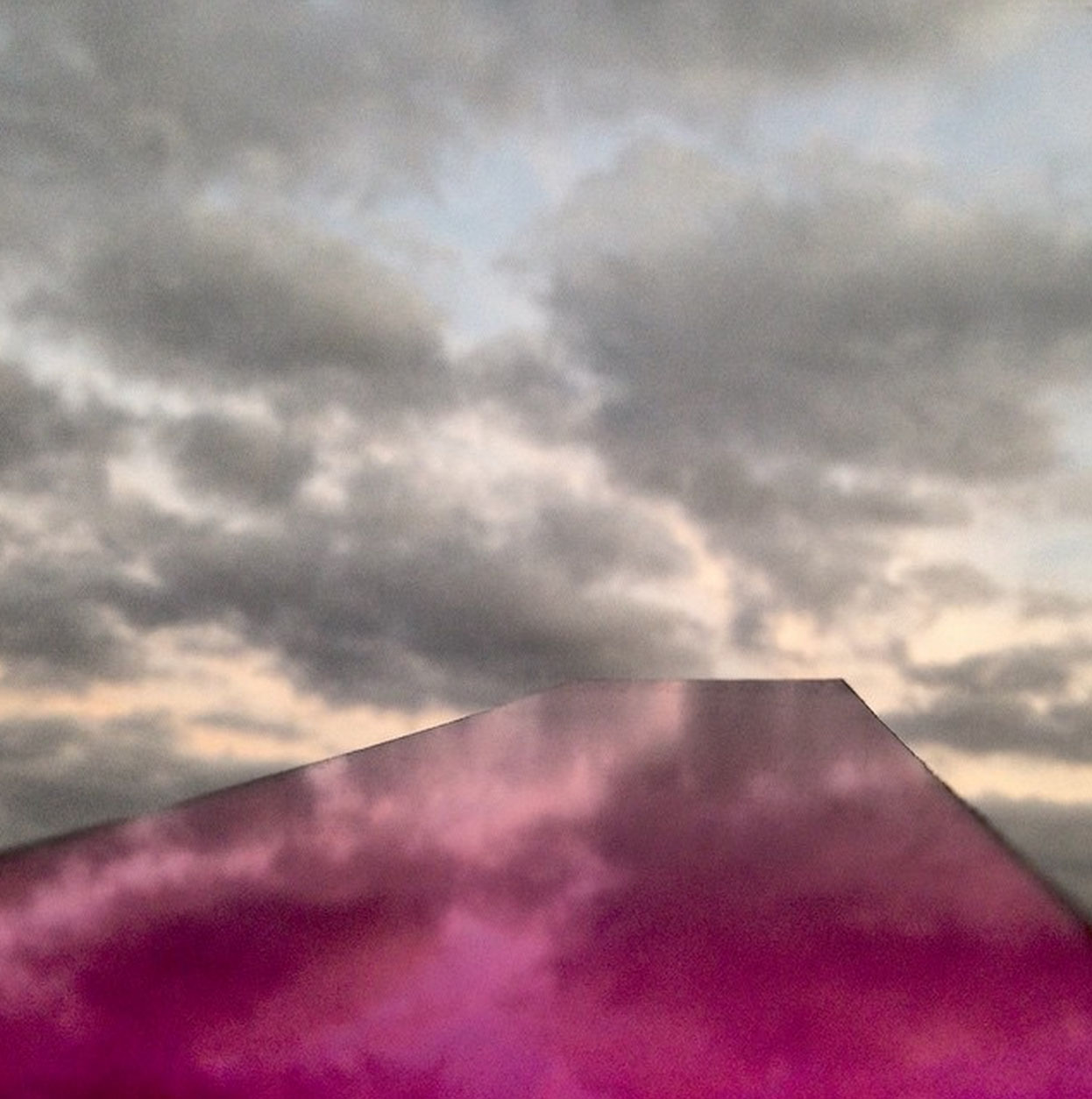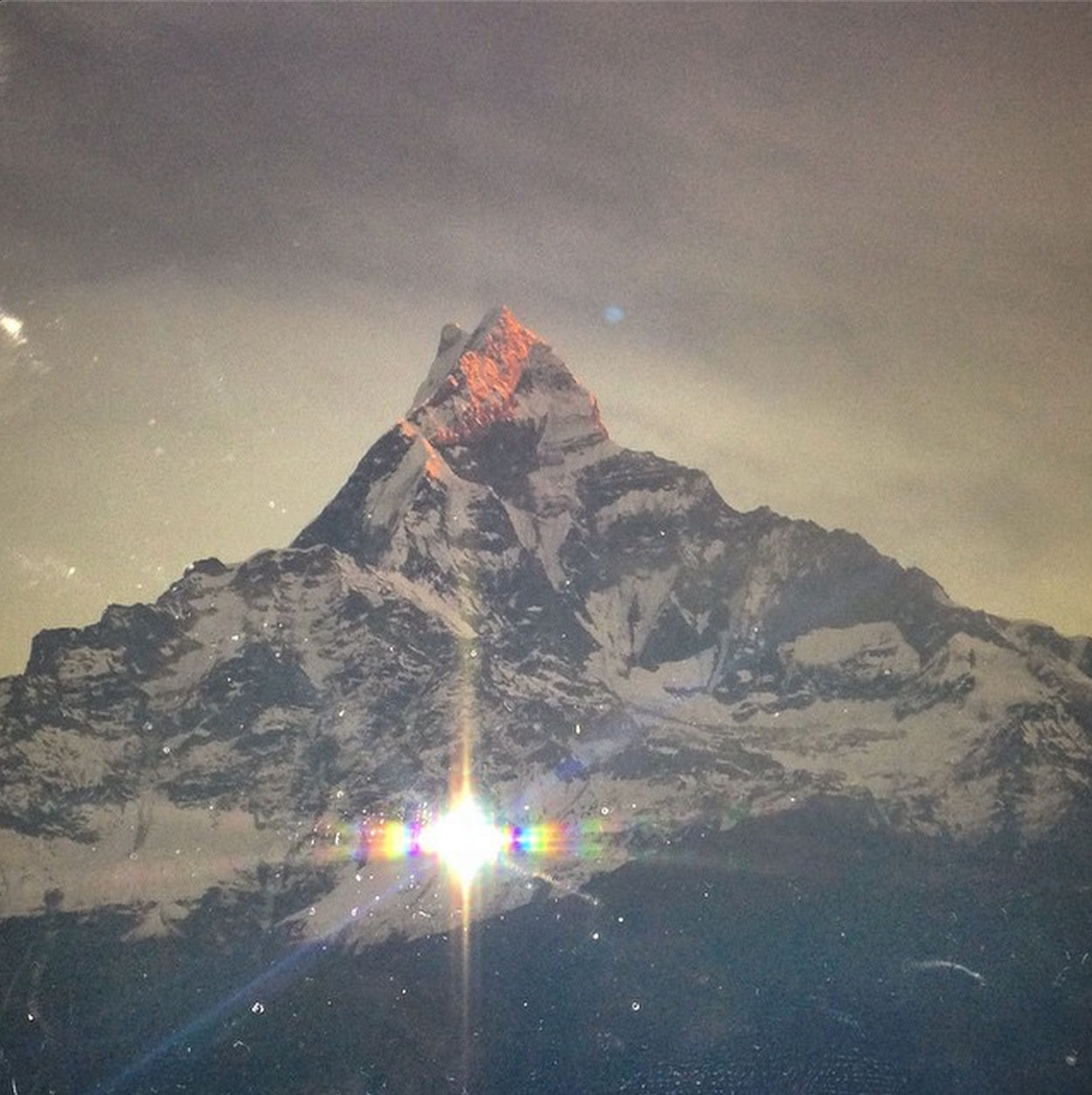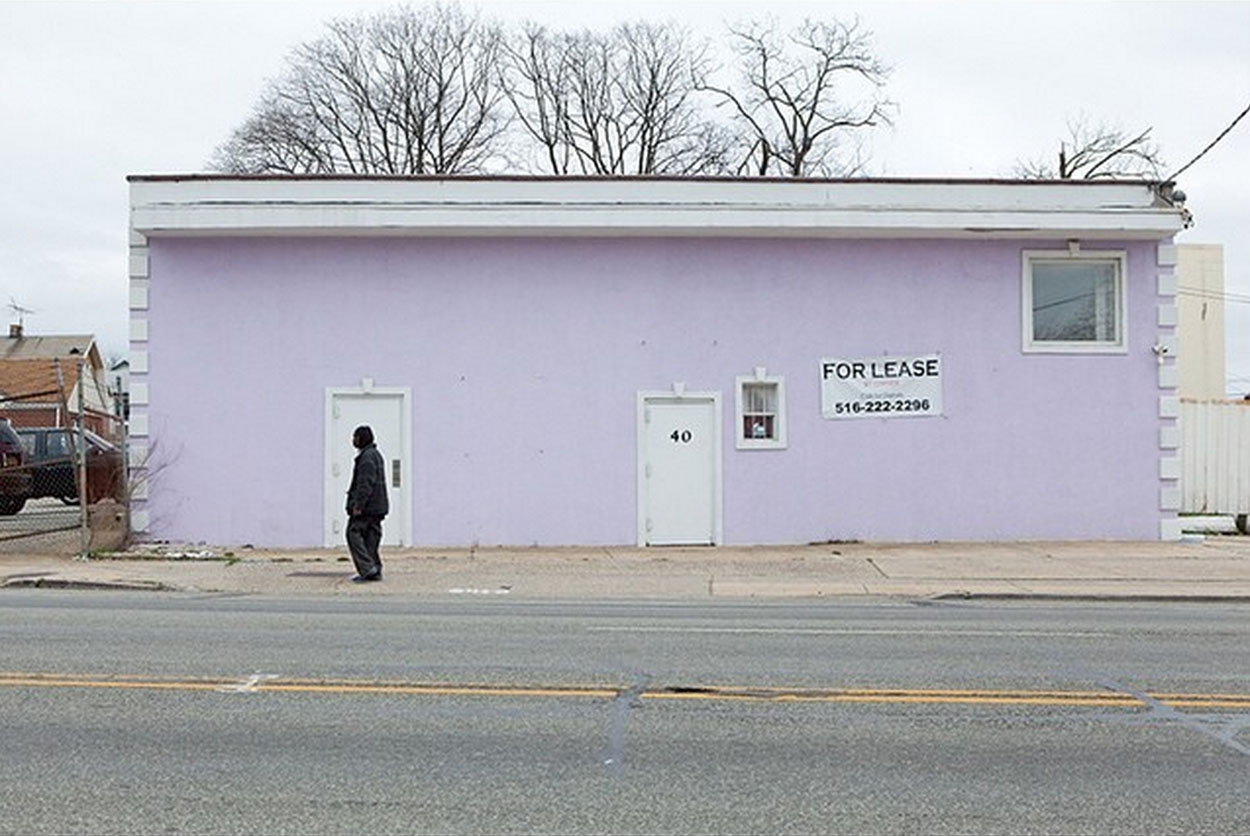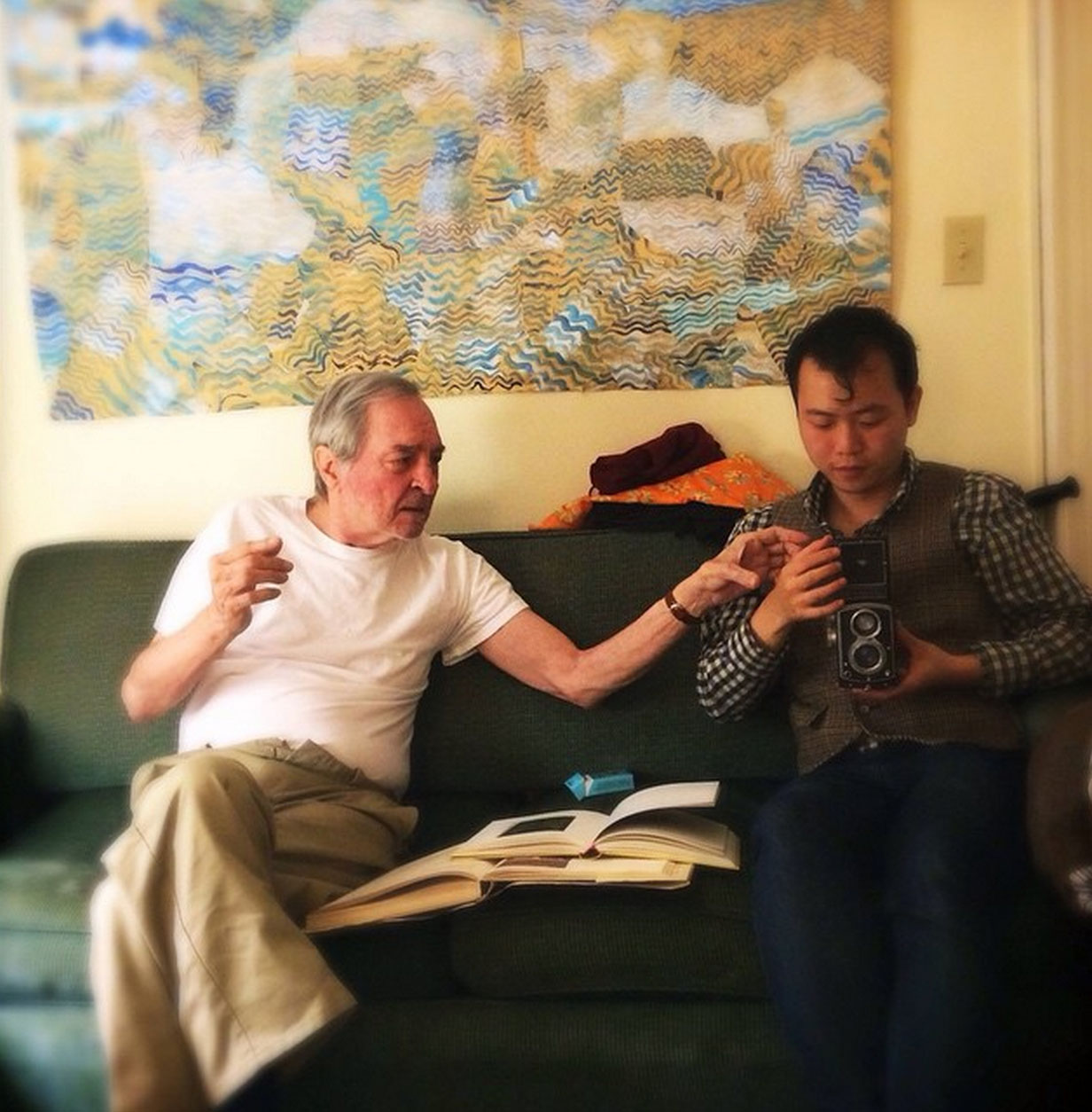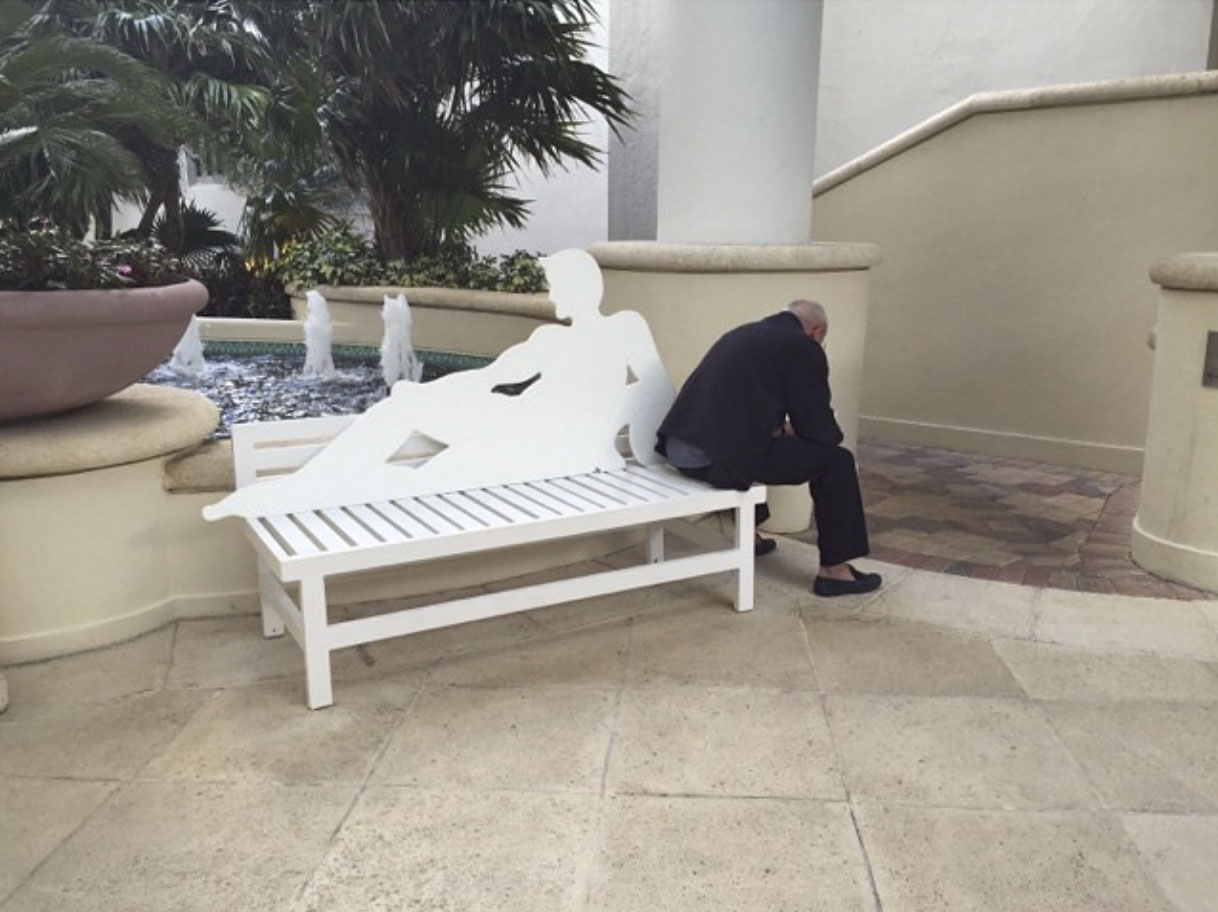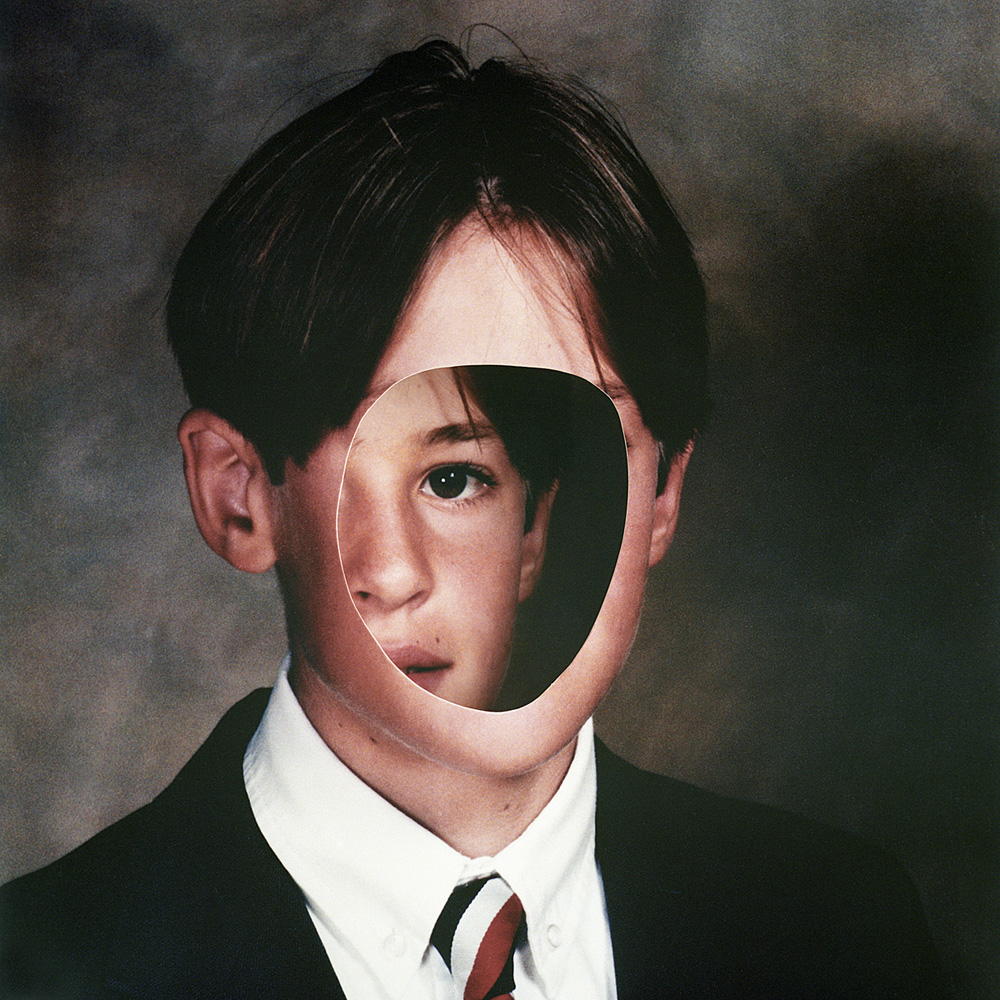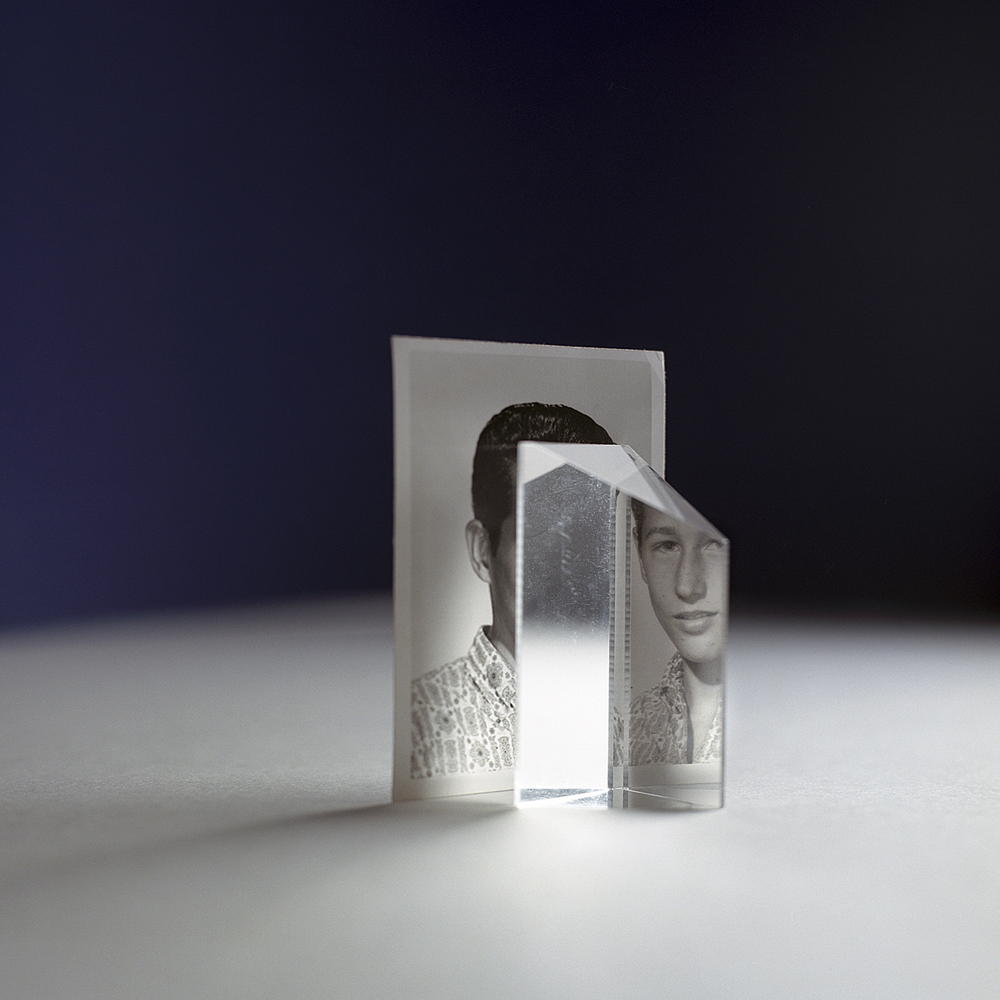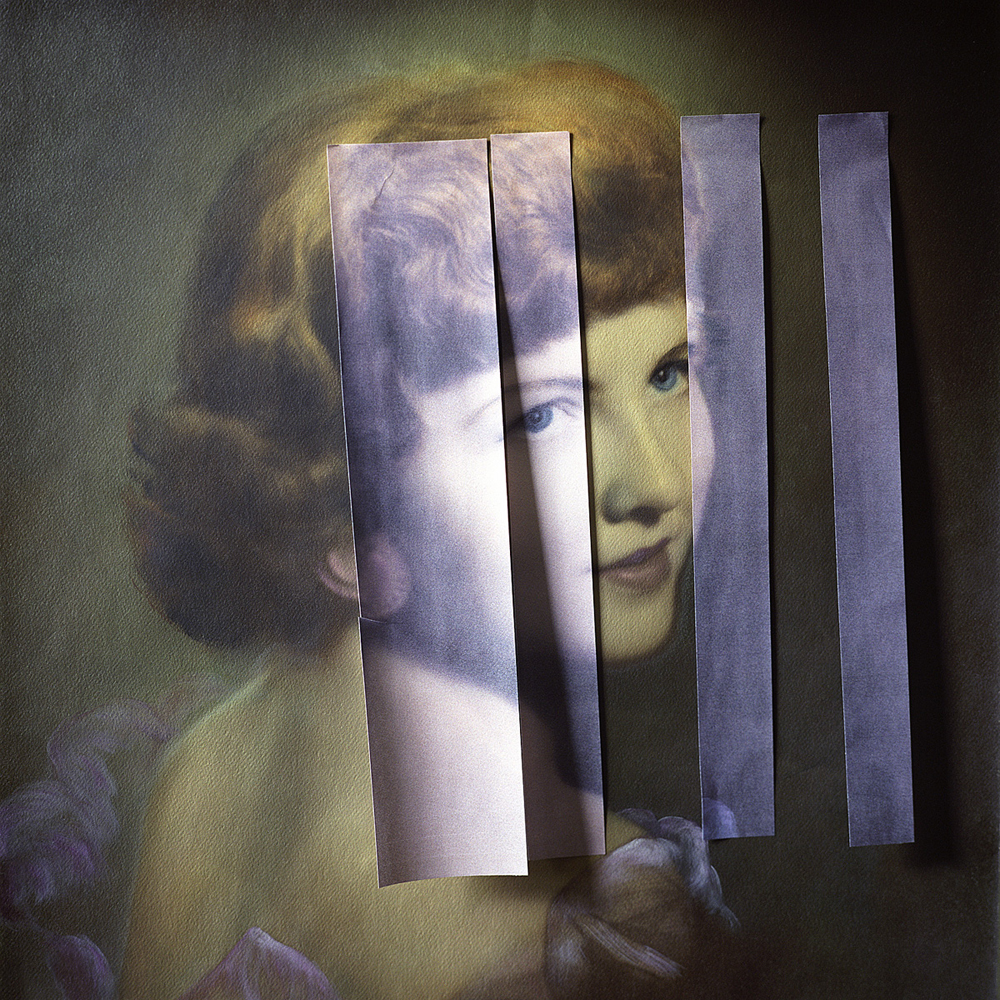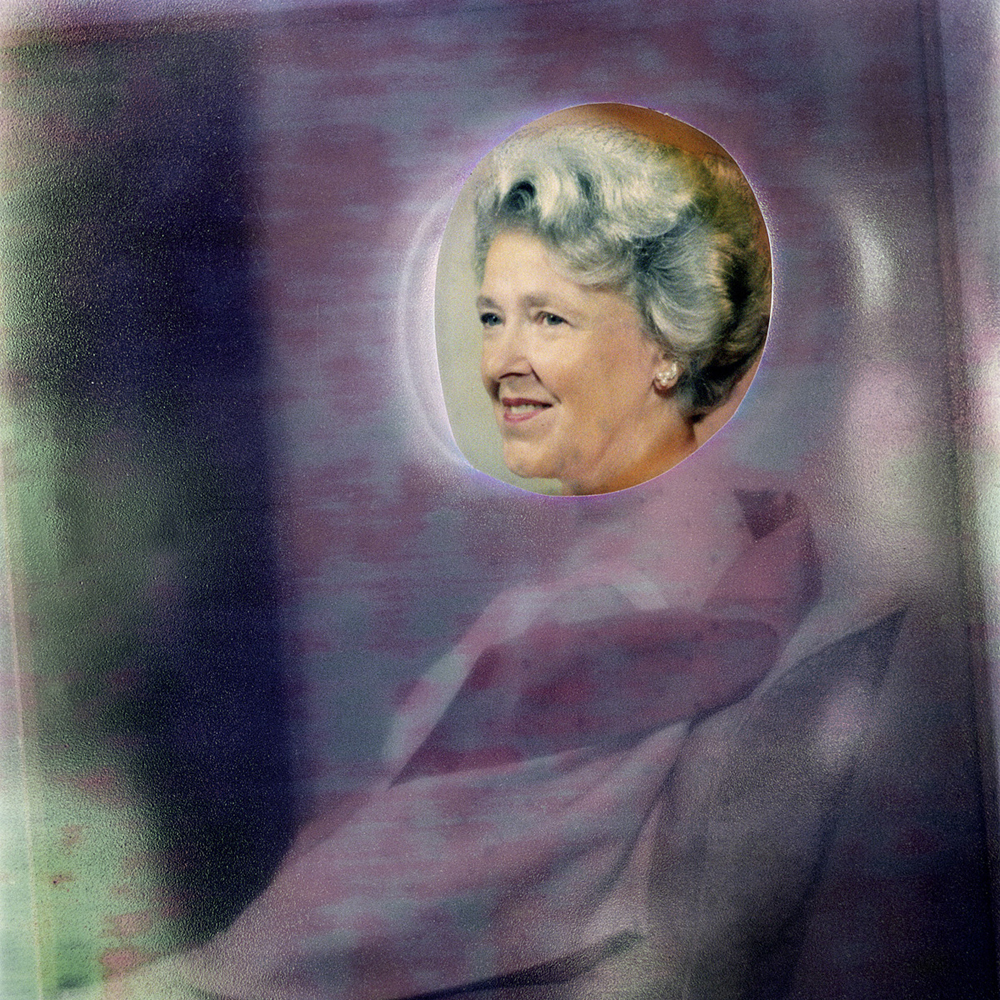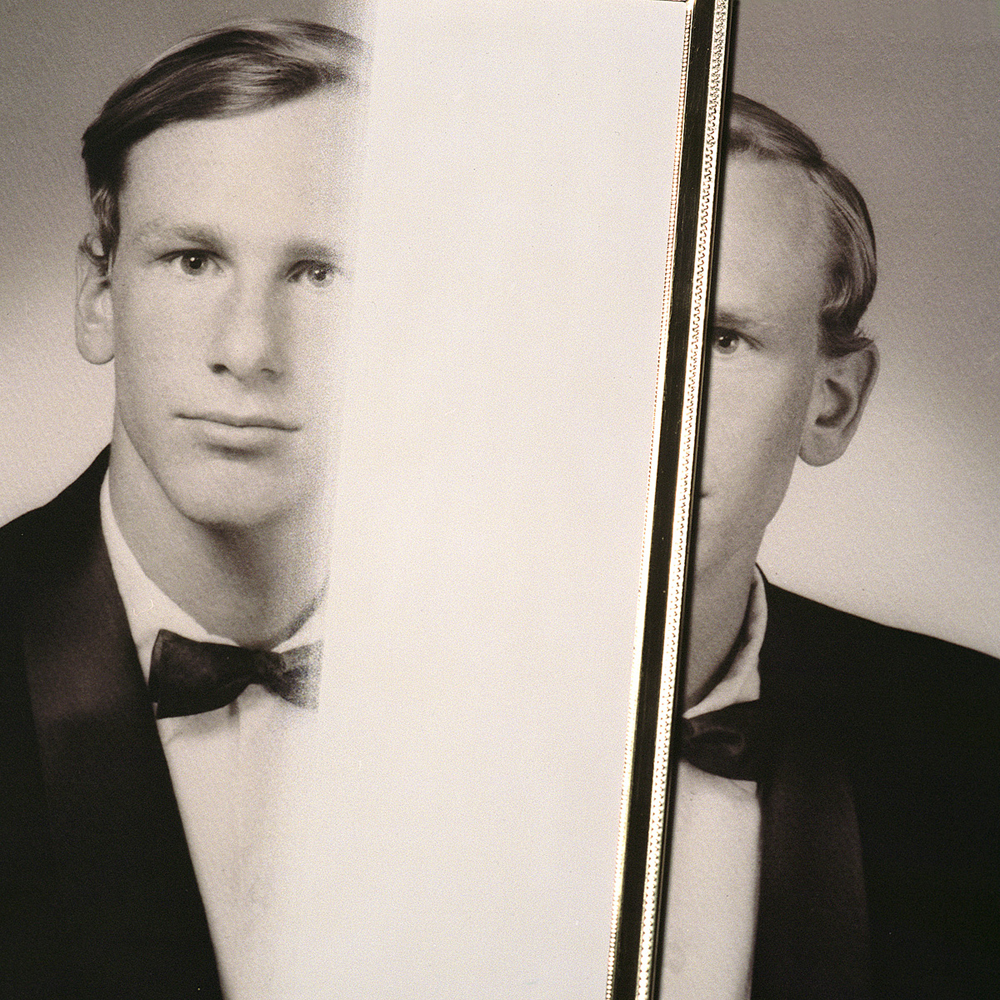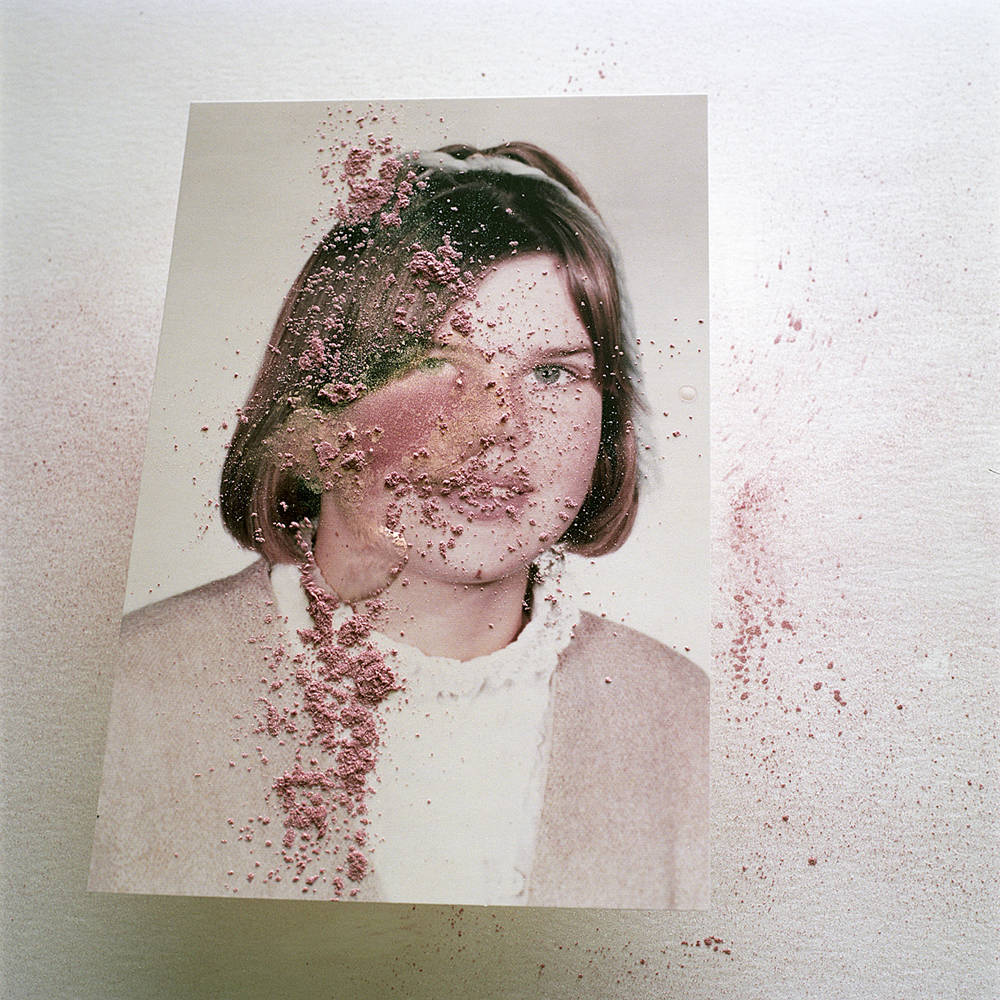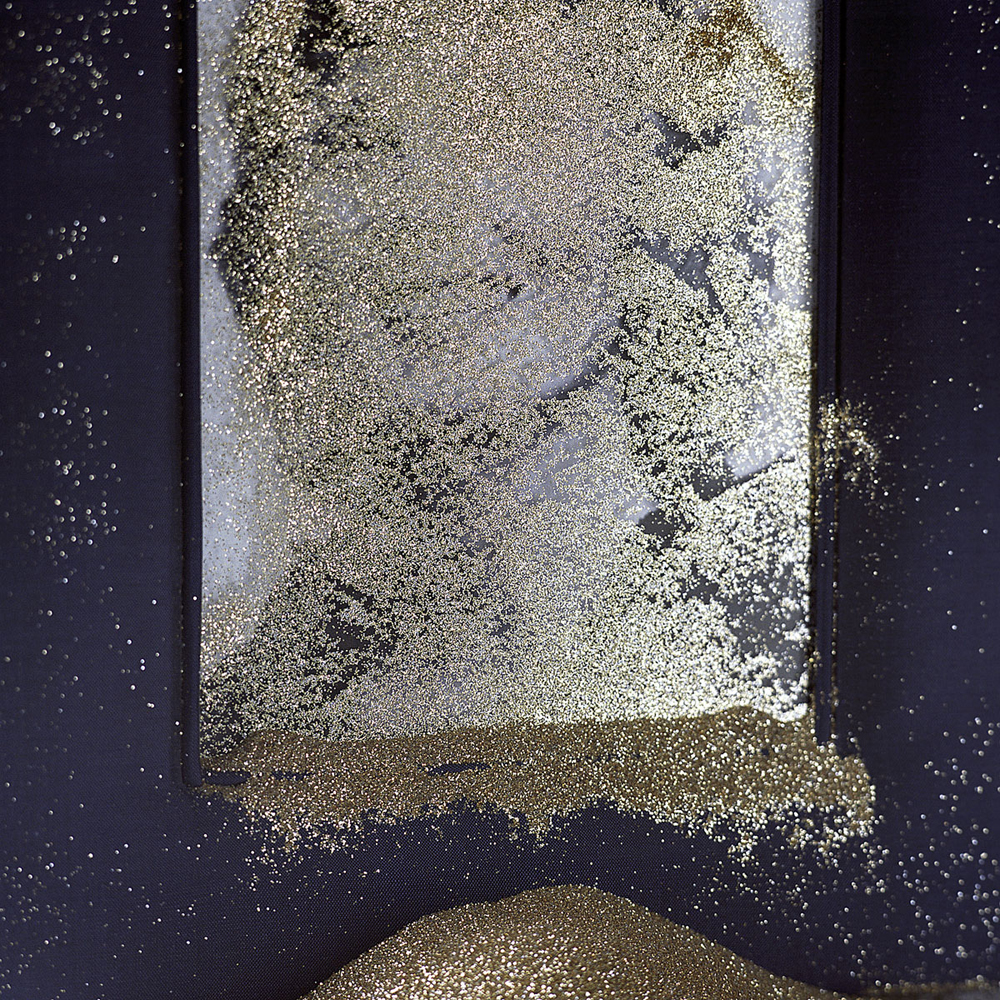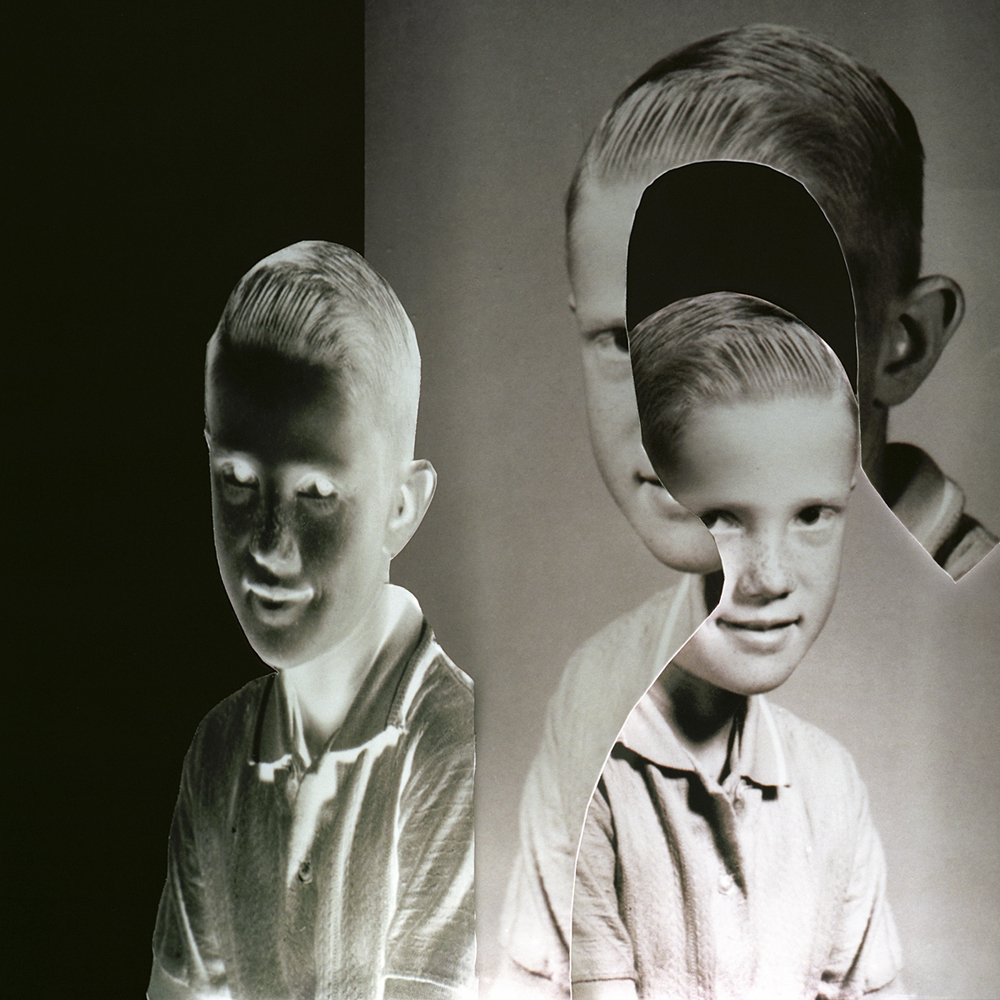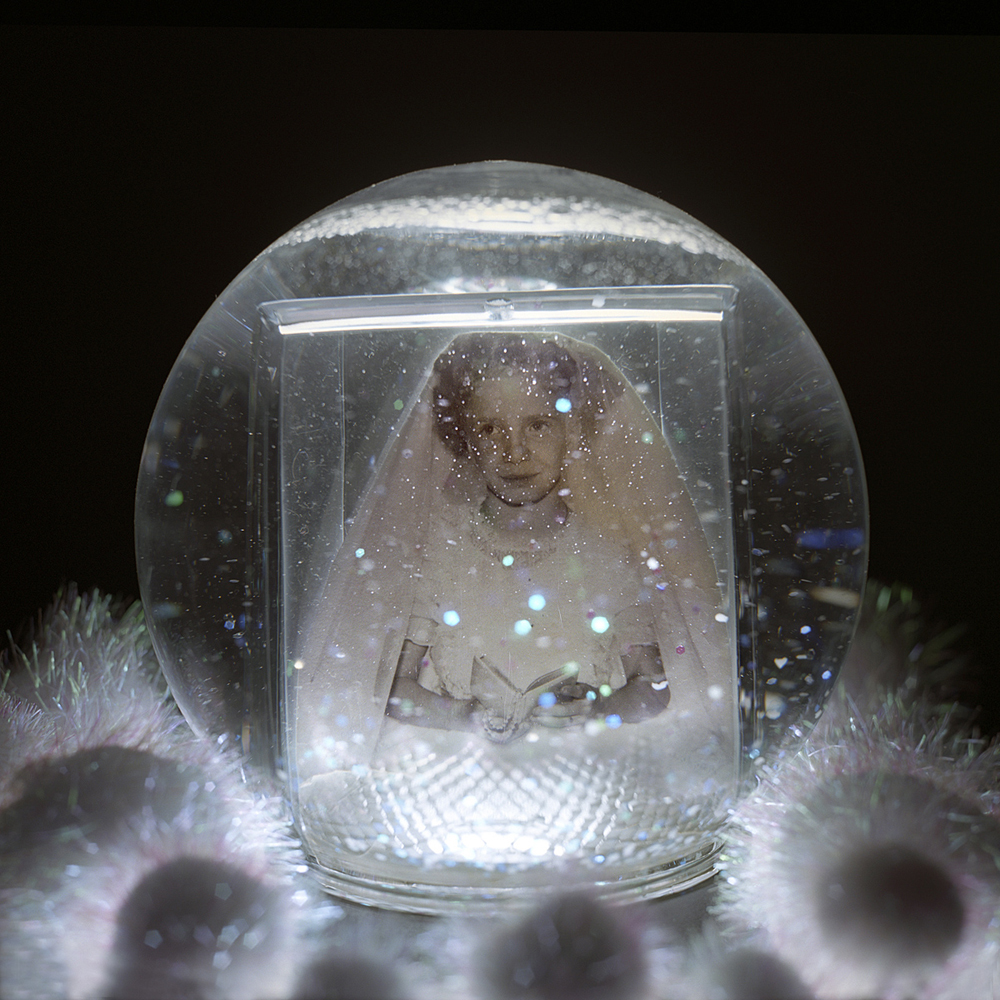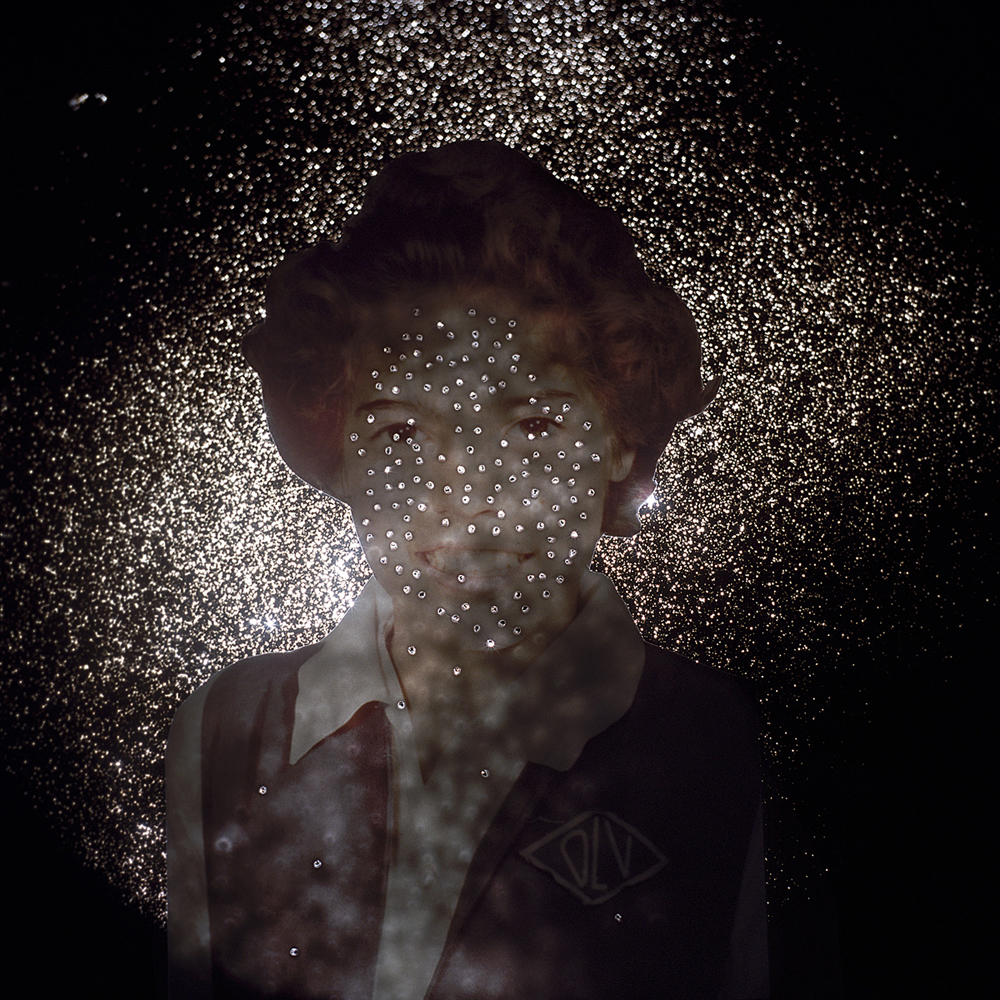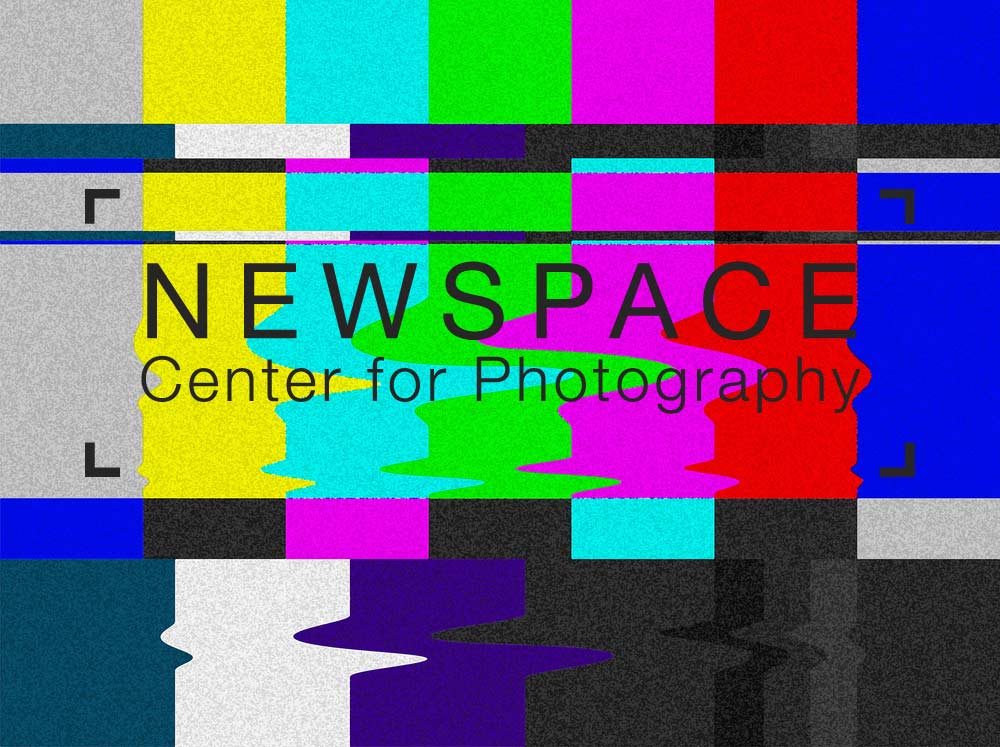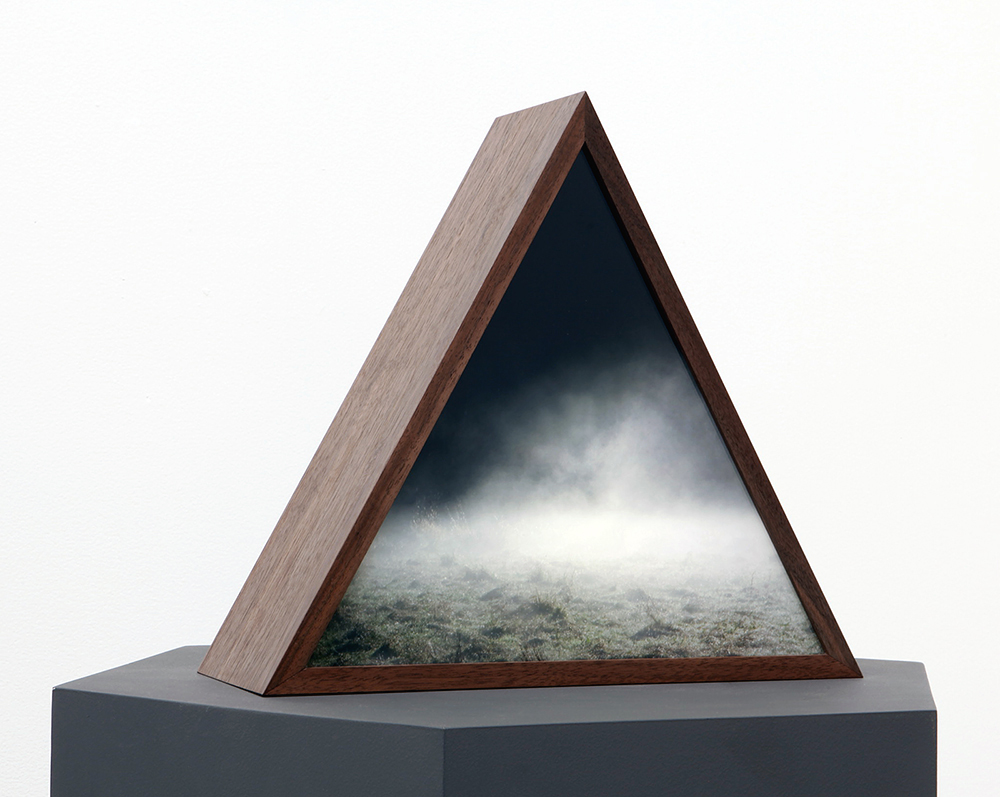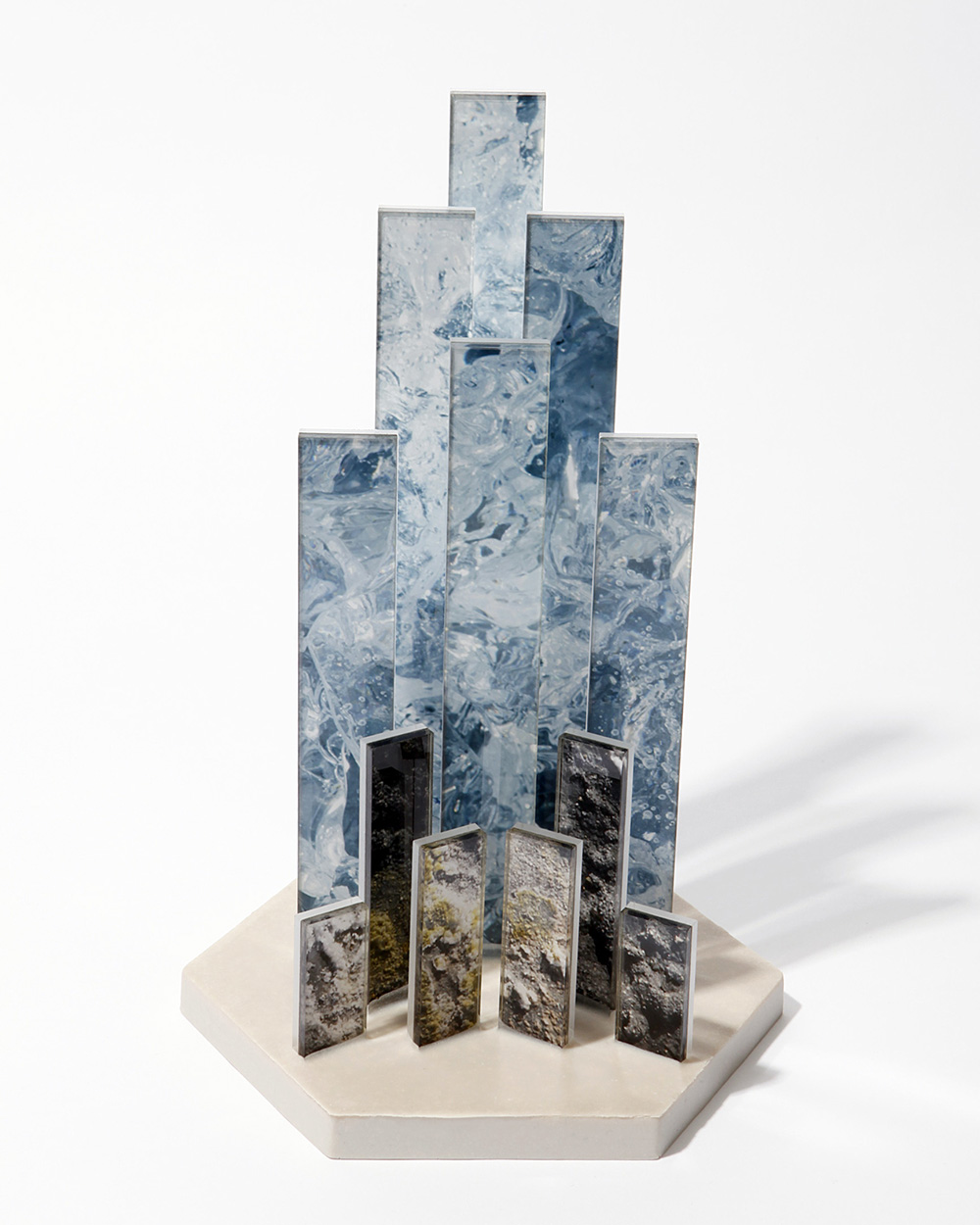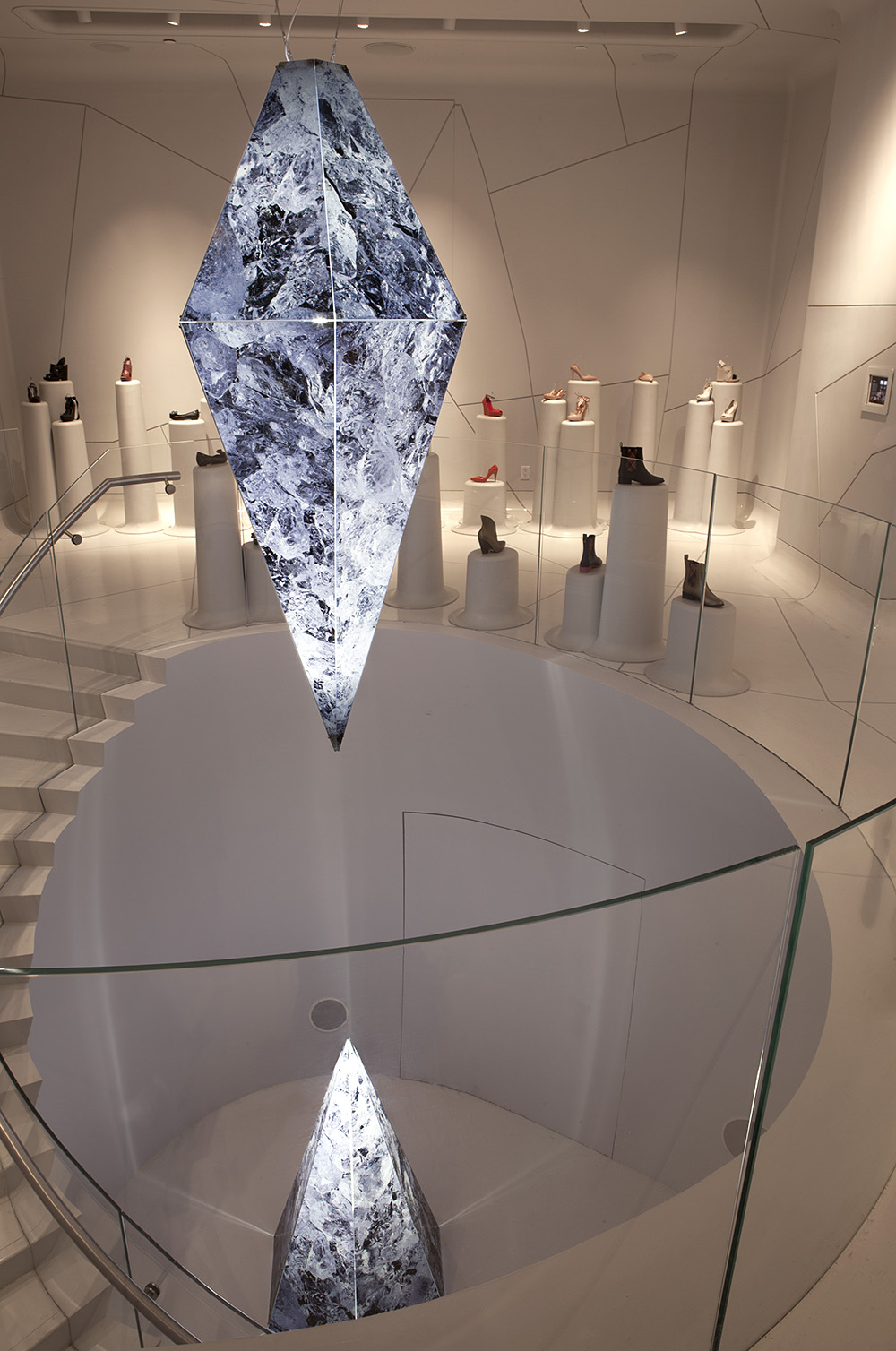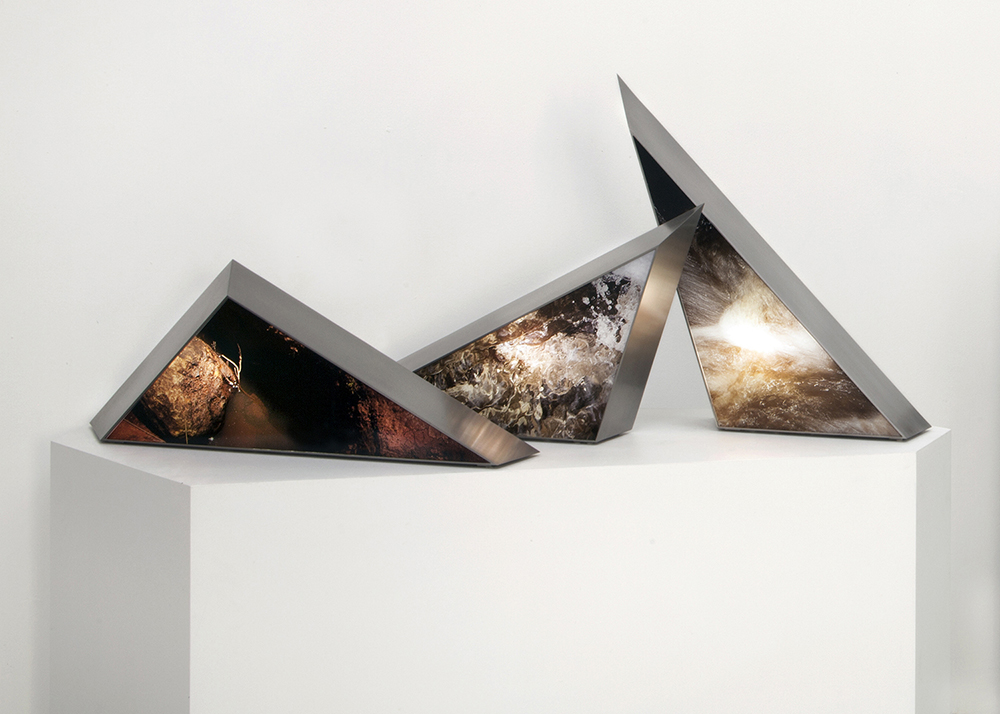Beware the click bait, it's our semi-monthly Instagram update. Last time we got you, our lovely Humble friends, when we announced the 5 photographers you should never ever follow on Instagram, only to reveal that they're actually some of our favorites. Shortly thereafter, we received numerous emails and Facebook comments arguing that Instagram is still "just another social channel," and that even some of our photographic heroes using IG are doing nothing more than tweeting photos.
Is Instagram, or mobile photography in general, incapable of presenting an interesting shift in the way images are made? The arguments will go on, and in turn, we'll continue to host Instagram residencies from some of our favorite photographers using IG today. Like Tommy Kha who took some quiet time to hang out with William Eggleston in Memhpis, Matthew Schenning, who's been making off-moment pictures while working Art Basel in Miami Beach this week, and other favorite photographers like Tribble and Mancenido, Laura Glabman, Bahar Yurukoglu, and Bill Miller whose photographs regularly make our heads turn. Please have a look, follow them, and support their work.



